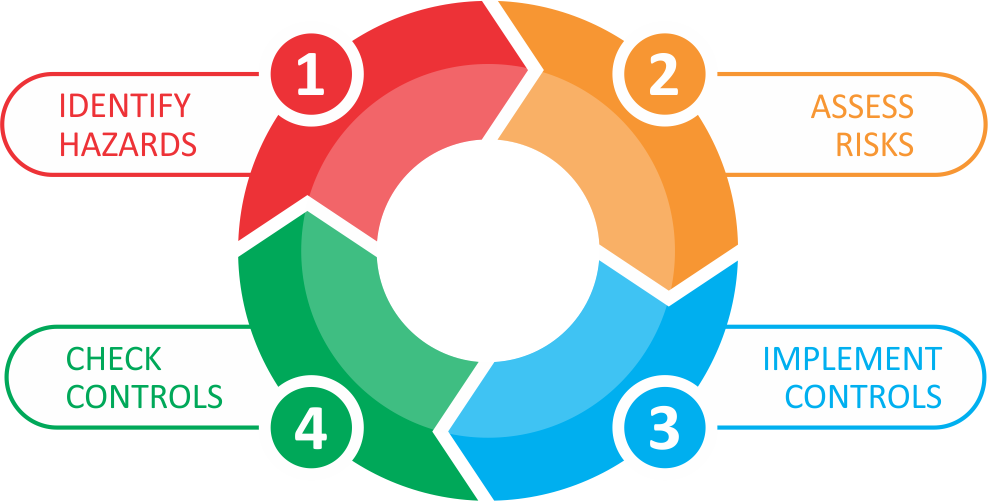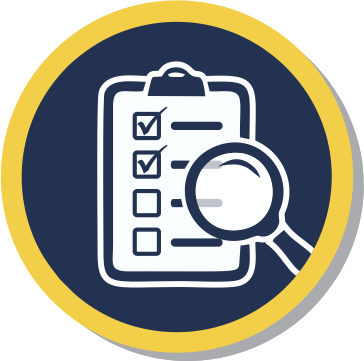
What the New Environment Protection Laws mean for those managing land
Property Trusts and those owning or managing portfolios of land will need to understand the duties imposed under the new Victorian environmental legislation.
The new Victorian Environment Protection Amendment Act 2018 (EPA Act) will amend the Environment Protection Act 2017 (EP Act) and repeal the Environment Protection Act 1970. This will transform and expand additional duties on owners and managers of land which is, or may potentially be contaminated.
The new EP Act introduces a positive general environmental duty (GED). This duty is similar to the familiar general duty obligation in the Occupational Health and Safety Act 2004 (OH&S Act). The GED requires ‘people engaging in activities that may give rise to risks of harm to human health or the environment from pollution or waste’ to understand those risks and take reasonably practicable steps to minimise them.
What is meant by Reasonably Practical?
The concept of reasonably practical is also similar to the definition of reasonably practicable in Section 20 of the OH&S Act. When considering what is reasonably practicable, The EPA Act requires consideration of:
1. The likelihood of those risks eventuating;
2. The degree of harm that would result if those
3. What the person concerned knows, or ought reasonably to know, about the harm or risks of harm and any ways of eliminating or reducing those risks;
4. The availability and suitability of ways to eliminate or reduce those risks; and
5. The cost of eliminating or reducing those risks.
General Environmental Duty

The general environmental duty (GED) requires you to understand and minimise your risk of harm to human health and the environment, from pollution and waste. Complying with the general environmental duty will require property trusts and those owning or managing portfolios of land to:
- Maintain plant, equipment, processes and systems;
- Use and maintain systems for identification, assessment, control, and for the evaluation of the effectiveness of controls;
- Use and maintain adequate systems to ensure that if a risk were to eventuate, its harmful effects would be minimised;
- Ensure that all substances are handled, sorted, used or transported in a manner that minimises risks; and
- Provide information, instruction, supervision and training to enable those people to comply with
the GED.
The new legislation imposes a proactive duty to implement systems of management in much the same way as OH&S is managed under
state-based legislation.

Duty to Manage Contaminated Land

In respect to land which is, or may potentially be contaminated, property owners and managers will need to develop approaches to comply with the Management and Notification duties. Section 39 of the EP Act provides that a person in management or control of contaminated land must minimise risks of harm to human health and the environment from the contaminated land so far as
reasonably practicable’.
The EP Act provides guidance on how property owners and managers can comply with the duty to manage contaminated land. Section 39 provides that minimising risks of harm to human health and the environment from contaminated land may include carrying out of the following:
- Identifying contamination you suspect is present;
- Investigating and assessing contamination;
- Providing and maintaining measures to minimised risk. This may include clean up to make the site suitable for its current use; and
- Providing information to others who contamination may affect, where sharing that information will help control the risks.
Duty to Notify Contaminated Land

When a person in ‘management or control’ of land becomes aware or ‘reasonably should have become aware’ of ‘notifiable contamination’, section 40 of the Environment Protection Act 2017 (EP Act) will require that person to notify the EPA ‘as soon as practicable’.
The new Environmental Protection Regulations define Notifiable Contamination. It includes contamination that is present in levels above a certain threshold and is either:
- Exposing a person to those contaminants, or
- Is moving, has moved or is likely to move off your land.
Previously there was no duty to notify the EPA if your land was contaminated.
Disposing of Contaminated Soils

Changes to the way waste is categorised means that there are new obligations on Generators, Transporters and Receivers of Industrial Waste. Importantly the Generator of Industrial wastes will have a duty to take Reasonable Steps to ensure Industrial Waste only goes to a Lawful Place.
Three new categories of Industrial Waste have been introduced for Contaminated Soils. These new categories include:
- Category D ( Low level contaminated soils);
- Asbestos Contamination only; and
- Fill Material
Categories A, B & C are similar to those in the current prescribed industrial waste framework. Category D has been introduced for low level contaminated soils which were previously categorised as Category C.
Further detail regarding disposal of contaminated soil is provided in the incorporated document: EPA Publication 1756.1 Summary of proposed waste framework.